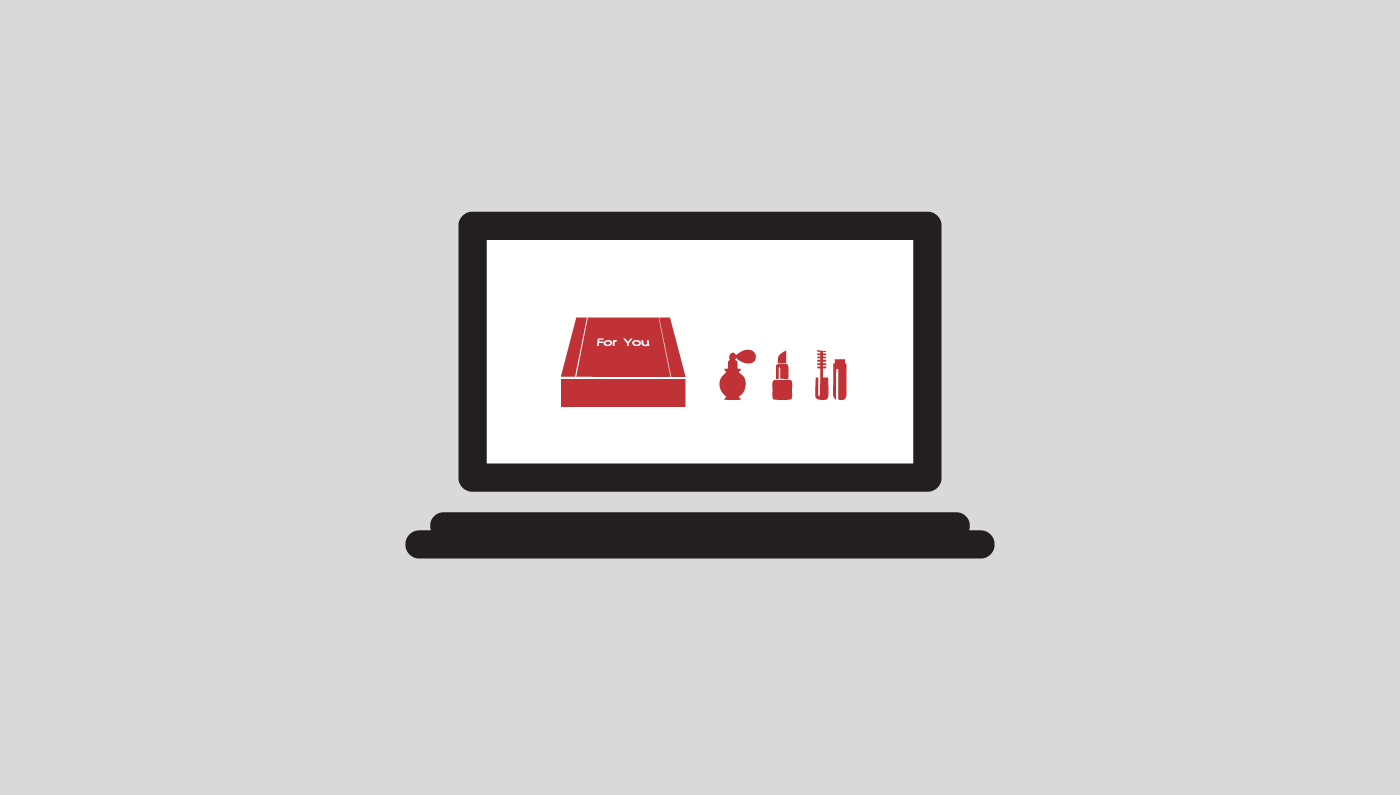This is the second in a three-part exploration of the future of the retail industry, examining how retailers can stay relevant and competitive as consumers increasingly move towards digital solutions for their shopping needs. This week, we look at the growing trend of subscription boxes, which have figured out a sweet spot between efficiency and personalization that appears to be winning over consumers. But in another way the subscription box model is simply a new spin on an old retail trick: the consumer sample.
When you get home today, there might be a box waiting for you at your front door. It might be from an online retailer, like Amazon or Etsy, or a food delivery site, like Blue Apron or FreshDirect.
But increasingly it might be—at least once per month—a custom-curated box of goods that you ordered from a retailer who is trying to guess exactly what you like and give you more of it.
Welcome to the age of the subscription box.
In its early days, the model behind the subscription box was simple: you, the consumer, was too busy to shop for yourself for certain types of goods and products, so you put your trust in someone else’s taste and received a selection of hand-picked items each month. Early in its digital infancy, the subscription box was dominated by clothing retailers like Trunk Club or beauty supply merchants like BirchBox, but that was then.
Now it seems that nearly every conceivable niche is filled with subscription boxes, from pet supplies (BarkBox) to organic snack foods (Graze) to shaving gear (Dollar Shave Club)—even boxes full of gifts specially hand-picked by people you admire (Quarterly Co.)
From a business perspective, this shift towards subscription models makes a lot of sense. While Amazon and other big digital retailers monopolize speed and efficiency, they don’t offer much in the way of personalization, emotion or personality. And while local retailers do offer a human touch, consumers more and more want products delivered to their doorsteps. The subscription box occupies that missing middle space of personal attention and efficient delivery.
At the same time, though, the subscription model also subtly creates product devotees and builds word-of-mouth buzz. Because consumers aren’t making a one-time purchase but rather spending a set amount monthly, the boxes continue to command attention, and even act as a sort of a monthly ritual upon their arrival. And because they are personalized and curated, they inspire a certain loyalty amongst subscribers.
And now box providers are turning more than ever to big data to customize boxes based upon user feedback in order to make their deliveries as effective as possible. Healthy snack purveyor NatureBox, for example, uses algorithmic technology to help track customer snack preferences, as well as foods their customers don’t eat and flavors they love.
Why does the subscription box seem to work so well? The answer may be that it coopts a tried-and-true retail tactic that has served many brick-and-mortar businesses well for years: sampling. It’s a method familiar to anyone who has strolled the aisles of a big box retailer, where shoppers can cobble together nearly an entire meal from the free food samples on offer.
It’s the same principle that keeps shoppers visiting the perfume or makeup counters at clothing retailers, or even trying on a pair of running shoes and taking them for a test run around the store. The power of being able to “try before you buy” animates many consumers to feel that they have more control over the products they choose, and subsequently makes them more likely to consider buying a product that they may have otherwise ignored.
It works this way with subscription boxes, too: in most cases, subscribers have an option of whether to keep an item or return and reject it, signaling to the sender that their next box should contain more or less of the same. It gives customers a choice and companies valuable insights into their shoppers. And though it might come in a fancy box, it’s not all that different from those free samples in supermarket aisles.

